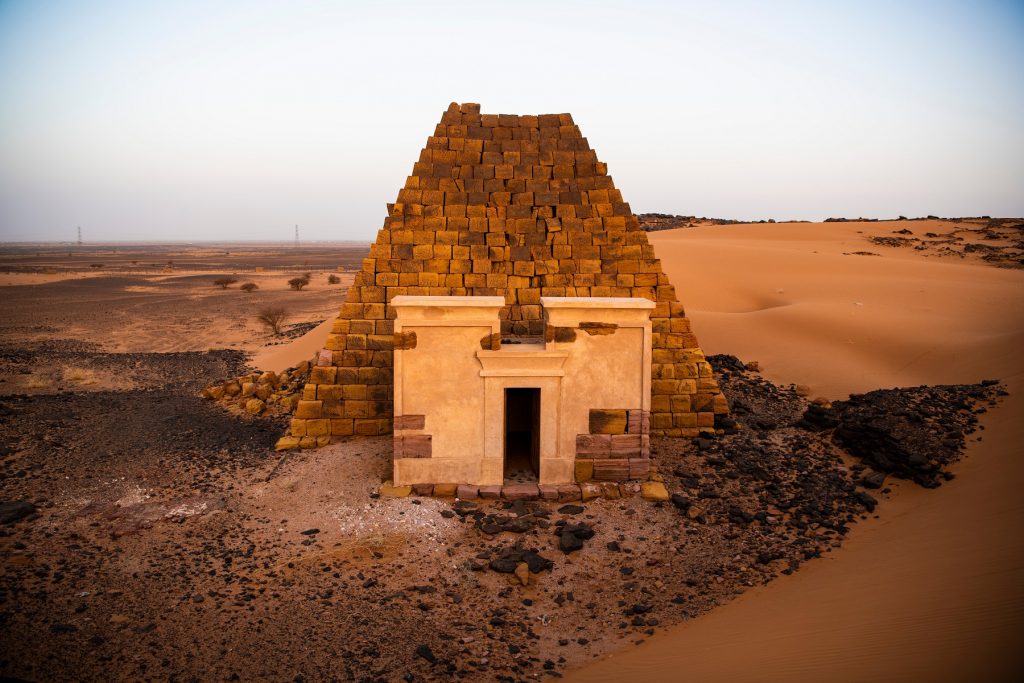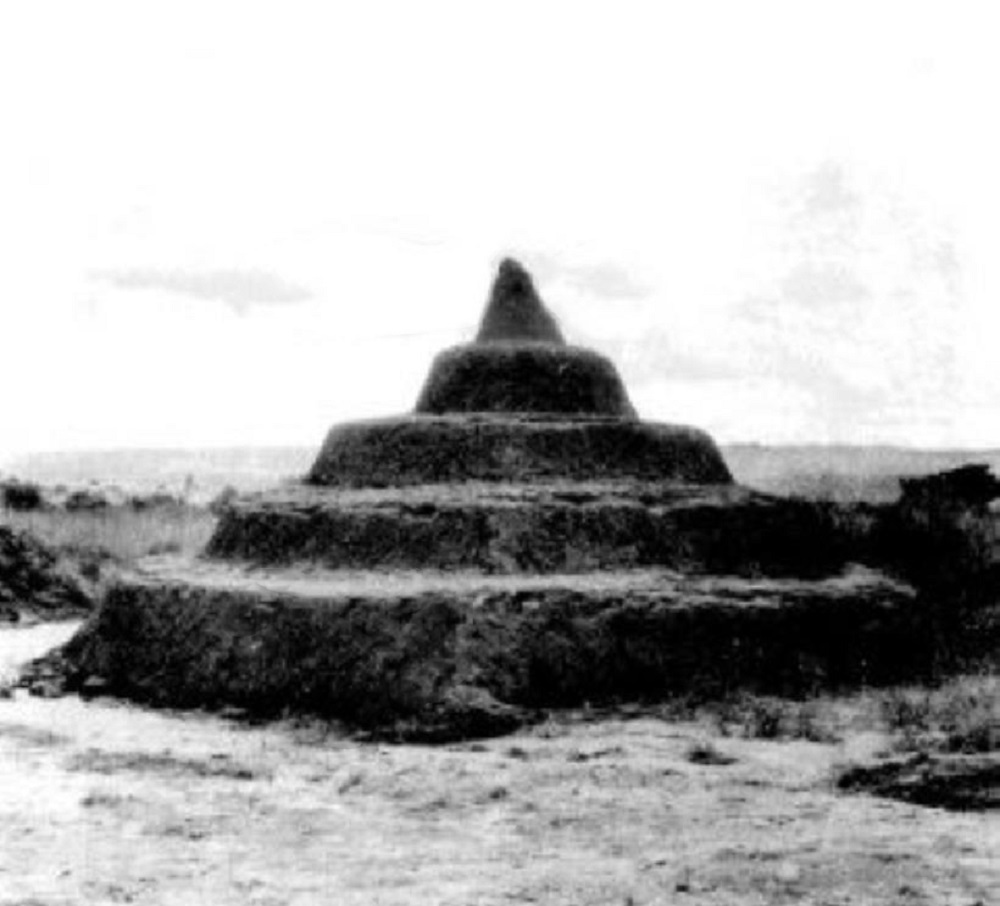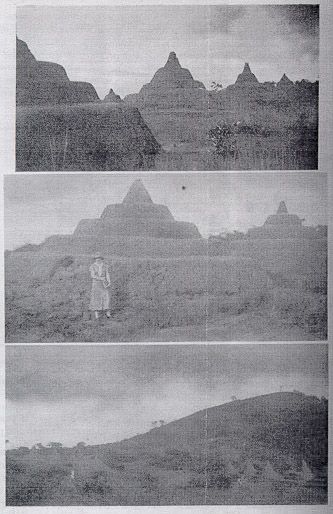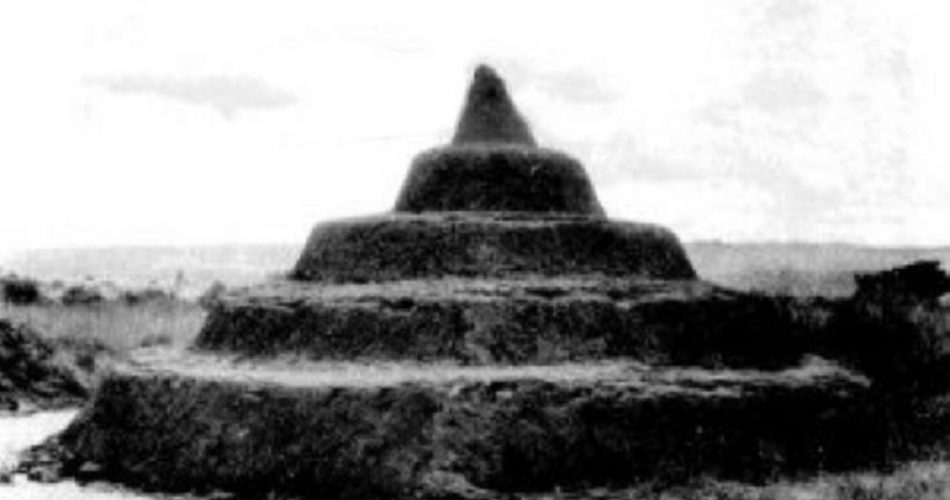Although Egypt is the center for African pyramids, it isn’t the only country in which these majestic structures were built throughout history. To date, Egyptologists believe there are anywhere between 100 and 120 pyramids in Brazil standing in different states of preservation.
The Giza plateau is home to the largest Egyptian pyramid and the largest one in Africa. Standing at 138.8 meters, the Great Pyramid of Khufu remained the tallest man-made structure on the surface of the planet for more than 3,800 years.
But although the Egyptian pyramids are the most famous, many more exist to the south, in present-day Sudan. There, the ancient Kushite Kings erected hundreds of different pyramids which were eventually used as tombs for the Kings and Queens of the empire. Experts estimate that there are anywhere between 200 and 250 pyramids in Sudan alone, which makes the African country one of the few on Earth who has more than one hundred standing pyramids.

But in addition to Egypt and Sudan, other African countries have pyramids as well. Nigeria is one example. There, on the Udi highlands, the Nsude pyramids once stood as a testimony of a developed culture who, just like many other ancient people, decided to build pyramids.
Of course, the Nigerian pyramids are unlike those found in Sudan or Egypt. The Nigerian pyramids were built to much smaller dimensions, with hardened red mud and clay. Although the pyramids of Nigeria existed for several hundred years, they eventually degraded and were destroyed due to negligence.
Once a testimony of cultural enrichment, now just rubble that attests to one of the most unique structures of the Igbo culture. The Nigerian pyramids bear striking similarities to the first Egyptian pyramid, the Step Pyramid of Saqqara. The Nigerian pyramids were built in circular shape with at least 4 to 5 steps. Although uncomparable in height to the Pyramid at Saqqara, the pyramids of Nigeria were unique architectural examples of the cultural development of the nation’s early society.
Historical records suggest the pyramids were first built in the topmost community’s boundary villages at Umuaka and Ugwuto. Other accounts say that one large pyramid stood at Umuaka part of the community overlooking Ngwo and parts of Nkanu land. A further set of 10 pyramids—standing five-a-side in two rows—was located at Ugwuto.

The base of the pyramid was 60 ft in circumference, around 3 ft height. The next stack (step) was 45 ft. in circumference, and so on until it reached the top. The Nigerian pyramids were thought to have served as temples worshiping the god Ala, two is thought to have lived atop the monuments. Essentially, the Nigerian pyramids were like smaller, circular versions of Egypt’s oldest pyramid, the Step Pyramid at Saqqara.
Since many of the structures are completely destroyed, it remains a mystery how many of these structures existed across Nigeria, and what the largest of them was. In addition to the pyramid’s existence at Nsude, reports of circular pyramids—in addition to the above-mentioned locations—have been reported at Udi and Enugu.
It is believed that a stick or pole placed atop the uppermost step on the pyramid meant to convey that the pyramid was the residence of the god Ala/Uto. The pyramids were also built in groups of five pyramids parallel to each other.
In addition to being regarded as a kind of ancient temple, some suggest the groups of pyramids were built as surveillance posts that helped societies overlook the land.

The very first accounts of the Nigerian pyramids can be traced back to a British explorer called Luke Walter, but his accounts of the peculiar pyramids were not known until 1935 when the first photographs of the pyramids emerged, taken and printed by Mr. G.I. Jones, a British administrator, and anthropologist.
Records and documents describing the pyramids and their exact purpose are nonexistent, which is an even greater reason why we should work on restoring, and studying them.
Note* the map does not accurately depict the location of the pyramid, only the town where one of the pyramids was reported.

